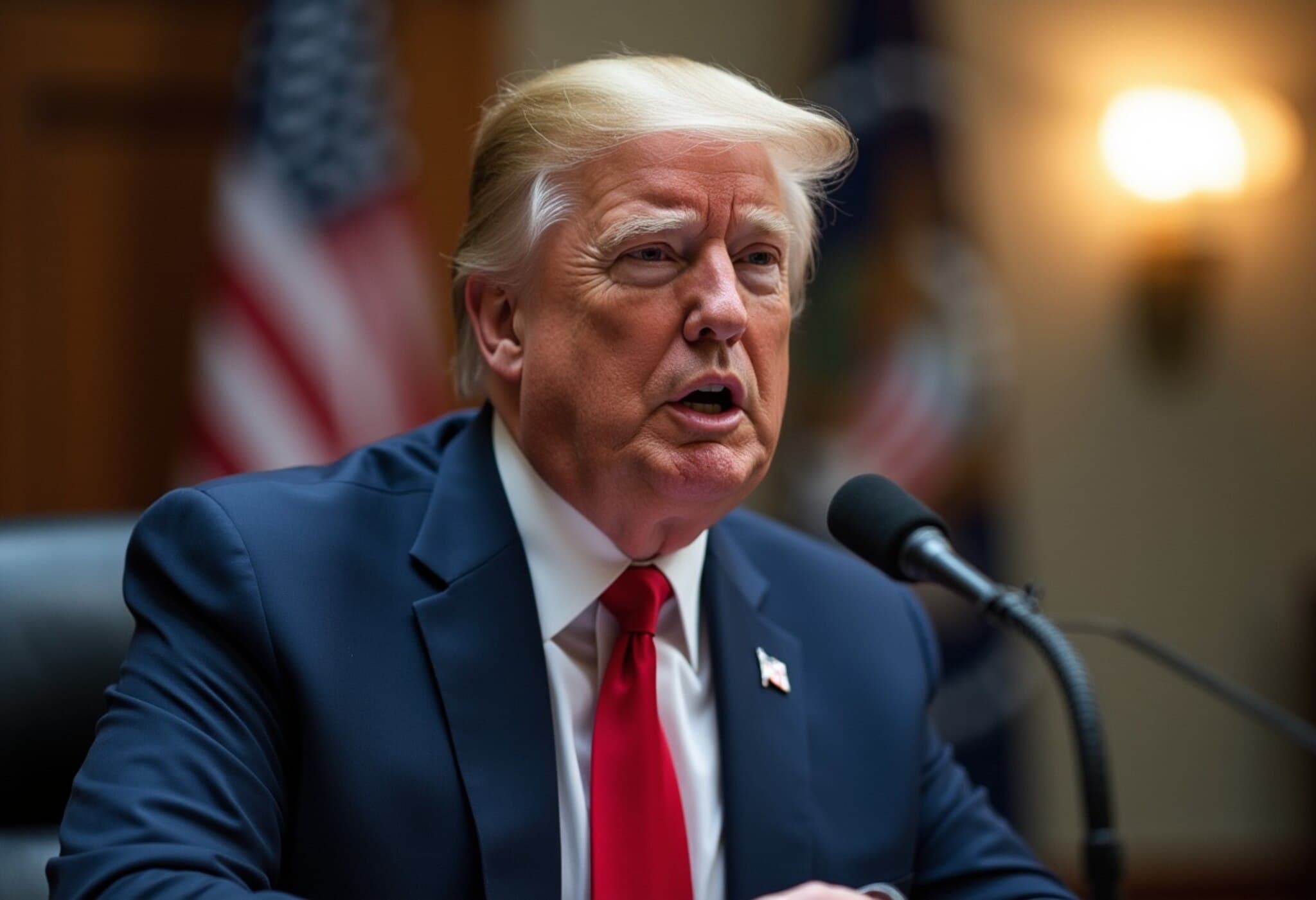Trump Calls for New Census Amid Fierce Redistricting Controversy
In a move that has ignited a firestorm of debate, former President Donald Trump has commanded the Commerce Department to conduct a new national census ahead of the constitutionally scheduled 2030 count. Announced via Trump’s Truth Social platform on August 7, 2025, this directive aims to exclude undocumented immigrants from the population tally used to allocate congressional representation. The unprecedented order has thrown the political and legal communities into turmoil, raising fundamental questions about the very principles of representation enshrined in the U.S. Constitution.
Background: The Census and Congressional Apportionment
The U.S. Constitution’s 14th Amendment explicitly requires that seats in the House of Representatives be apportioned based on “the whole number of persons” in each state. This phrase has traditionally included all residents, regardless of citizenship or immigration status — a point reinforced by historical precedent and Supreme Court rulings. Trump’s call to exclude undocumented immigrants challenges this longstanding interpretation, rekindling debates that surfaced during his presidency over attempts to add a citizenship question in the 2020 census.
Political Strategy Behind the Census Directive
Political analysts widely see Trump’s maneuver as a tactical effort to reshape the electoral landscape ahead of the 2026 midterm elections. The exclusion of undocumented immigrants would effectively reduce population counts in states with large immigrant communities — predominantly Democratic strongholds like California, New York, and Illinois — while potentially increasing the political clout of Republican-leaning states.
Republican strategist Ford O’Connell encapsulated the significance: “Many Americans don’t realize that undocumented immigrants are counted toward state representation in the House and Electoral College. Highlighting that could be a powerful message.” Indeed, Trump’s latest order fits within a broader GOP playbook aimed at securing electoral advantages via redistricting.
Legal Hurdles and Practical Challenges
Despite its political appeal for Trump’s base, the new census faces daunting legal and logistical hurdles. James Thurber, professor of political science at American University, emphasized the complexity: “Identifying and excluding millions of undocumented immigrants in such a short timeframe would be practically impossible.” The 2018 attempt to add a citizenship question, which underwent prolonged litigation before being struck down by the Supreme Court, underscores how contentious and difficult these census modifications can be.
Moreover, the timing is critical — the census data drives redistricting efforts that begin soon after the decennial count, and mid-decade census efforts are exceptionally rare. As Thurber noted, “If this results in mid-decade redistricting, it will be an unprecedented and historic event.”
Partisan Divide and Broader Implications
The proposal has deepened partisan divisions. Democrats label the effort an unconstitutional political stunt designed to pressure Republican governors to push aggressively gerrymandered maps. Jared Leopold, a Democratic strategist, warned: “It reinforces the image of a president out of step with most Americans.”
Meanwhile, some Republicans privately admit that excluding undocumented immigrants could cost traditionally red states like Texas and Florida congressional seats — but emphasize the overall advantage gained by diminishing the influence of heavily Democratic areas.
There are also broader societal implications. Experts caution that this approach may deter immigrants — including legal residents and citizens — from participating in government and electoral processes, fearing exclusion or marginalization.
What Comes Next?
Trump’s directive opens the door to extensive litigation. Courts will likely have to weigh in on whether a mid-decade census excluding certain residents can legally be used to reallocate political power. Beyond the courtroom, this action could further energize voters and activists on both sides, amplifying an already polarized national environment.
Editor’s Note: Redefining Representation in an Era of Polarization
Trump’s census order strikes at the heart of American democracy — the principle of fair and equal representation. While the legal analysts focus on constitutional debates, the deeper question lingers: How should a nation as diverse and dynamic as the United States count itself fairly? The attempt to redraw political maps based on immigration status not only challenges legal norms but also touches on identity, inclusion, and the very nature of citizenship.
As the country edges closer to the 2026 midterms, voters and policymakers alike must grapple with these questions. Will the courts uphold established norms, or will political expediency rewrite the rules? And how will these shifts affect trust in institutions at a time when public confidence is fragile?
The next chapters of this census saga will likely shape the political contours of the United States for years to come.



















